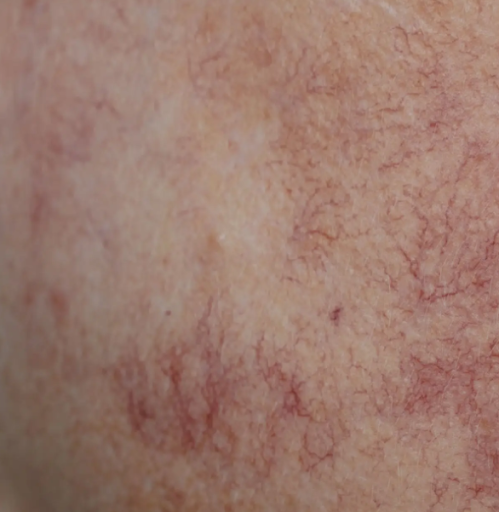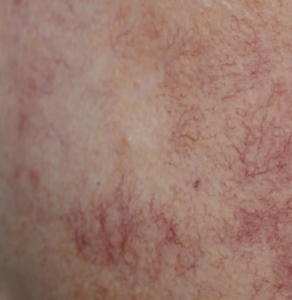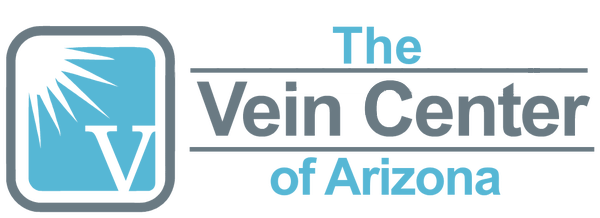Why do my varicose veins burn?


The Varicose vein burn affects patients. Most people notice visible skin changes from varicose veins but find it surprising when these veins cause intense throbbing pain. What leads patients to suffer discomfort from varicose veins How must these issues be dealt with? To fully understand these facts we will take a detailed look at the subject.
Could It Be Nothing?
Your body may prompt you to stop working through soreness when your legs begin to burn. Several people experience symptoms from activities that generate confusion when blamed on varicose veins. The body usually produces discomfort after demanding physical activity. The difference between something like this and burning caused by varicose veins is simple: Each time the burning sensation turns up it always remains in the same parts of your varicose veins. The condition usually produces burning sensations with these signs. You need not see varicose veins first to feel their side effects.
Why do Varicose Veins burn?
Your varicose veins might feel like they’re burning due to a possible underlying health issue that could need medical attention. Facing the following varicose veins causes can explain why the affected areas feel warm.
- Venous insufficiency:
Venous insufficiency creates both varicose veins and their common adverse effects. Before problems arise your body should move blood from the heart to limbs and back again. Your leg’s muscle and valve performance declines as you age which makes them more prone to breakdown. Varicose veins People feel burning sensations most of the time because their skin becomes irritated.
- Varicose eczema:
The main sign of varicose eczema called stasis dermatitis includes severe itching that affects almost everyone who has this condition. When poor blood circulation leads blood to flow into body tissues it creates the condition known as varicose eczema. When blood collects in this area the affected skin turns red and scaly plus becomes swelled. People with varicose eczema often experience both burning sensations and dry cracked skin on their affected areas. When varicose eczema remains untreated it can cause blood vessels to break and create red-purple wounds and venous ulcers. When varicose eczema develops cracks on your skin these weak points become very easy for infections to enter and if you lack proper care it can advance to severe infections or past that.
- Superficial thrombophlebitis:
Superficial thrombophlebitis reveals itself when a blood clot irritates the veins near the skin surface. As well as pain you can see changes in your skin that show superficial thrombophlebitis such as redness and hard swellings. Superficial thrombophlebitis produces mild symptoms that typically improve without treatment in a few weeks but may leave mild discoloration and lumps for several months. When superficial thrombophlebitis develops near a varicose vein it will often persist and reoccur throughout many months or years.
What You Can Do
Treatment for “varicose vein burn” comes in three forms:
You have three actions to take:
- Protect your legs
- Lessen the symptoms
- Finally, get rid of the varicose veins.
Our previous discussion covered all aspects of varicose vein protection yet basic diet choices and daily workouts help decrease their development. Our complete guide to stopping varicose veins is available at this link. Lift your legs and extend your leg muscles to help you feel better. Moving your legs will restart blood circulation and lessen the burning sensations you feel. Placing cold water cloths over your legs helps decrease foot-burning sensations. Cooling your legs with water helps the blood vessels close up which comforts leg pain while the effect lasts. Putting an antihistamine cream on your skin helps with itching which can eventually cure burning problems in varicose veins. However, the best solution for nearly all of these issues is to stop them at their source: the varicose veins themselves. Our practice provides different approaches to get rid of varicose veins and end your suffering from varicose vein burn.
Book Your Appointment today at the Vein Center in Arizona:
Visit the Vein Center in Arizona for the treatment of burning varicose veins. It offers a range of treatments, including minimally invasive procedures like sclerotherapy and laser ablation. Experienced physicians can accurately diagnose the underlying cause of your discomfort and recommend the most appropriate treatment plan. Consulting with a vein specialist in Arizona can help you find relief from the burning sensation and improve the appearance of your legs.
FAQS:
1- Why does my varicose vein create pain and irritation?
These uncomfortable symptoms of varicose veins include skin burning and irritation in the lower leg area. Blood leaks into the skin when veins stop doing their normal work correctly. An inflammation response happens when blood leaks from varicose veins which causes skin discomfort. Leaking blood from varicose veins creates sores that eventually develop scabs.
2- Are varicose veins painful?
The condition of varicose veins impacts older adults, especially female patients. Varicose veins usually do not cause severe health issues for people. When they become more severe varicose veins create discomfort while swelling the area and damaging the skin plus increase the chance of blood clots forming.
3- Does warmth impact varicose veins?
People who have varicose veins will notice burning sensations among other symptoms but some feel nothing at all. Summertime heat worsens the irritation of varicose veins and makes symptoms worse.
4- Can you safely apply massage to your varicose veins?
Varicose veins can burst when someone puts weight or pressure on them. Massage therapy which depends on body pressure is unsafe for people with varicose veins because it could damage their blood vessels. A blood clot inside the veins can shift its position during massage treatments.
5- What actions should you take when massaging your legs while living with varicose veins?
- Use gentle pressure.
- Handle varicose veins gently to avoid contact with them.
- Position your legs so they rest pointed upward past your heart to work best.
- Work from your ankles upward.
Resources:
- National Institutes of Health (NIH): https://www.nih.gov/
- Mayo Clinic: https://www.mayoclinic.org/
- Cleveland Clinic: https://my.clevelandclinic.org/
- American Heart Association: https://www.heart.org/en/health-topics/varicose-veins
- WebMD: https://www.webmd.com/skin-problems-and-treatments/understanding-spider-veins-varicose-veins
